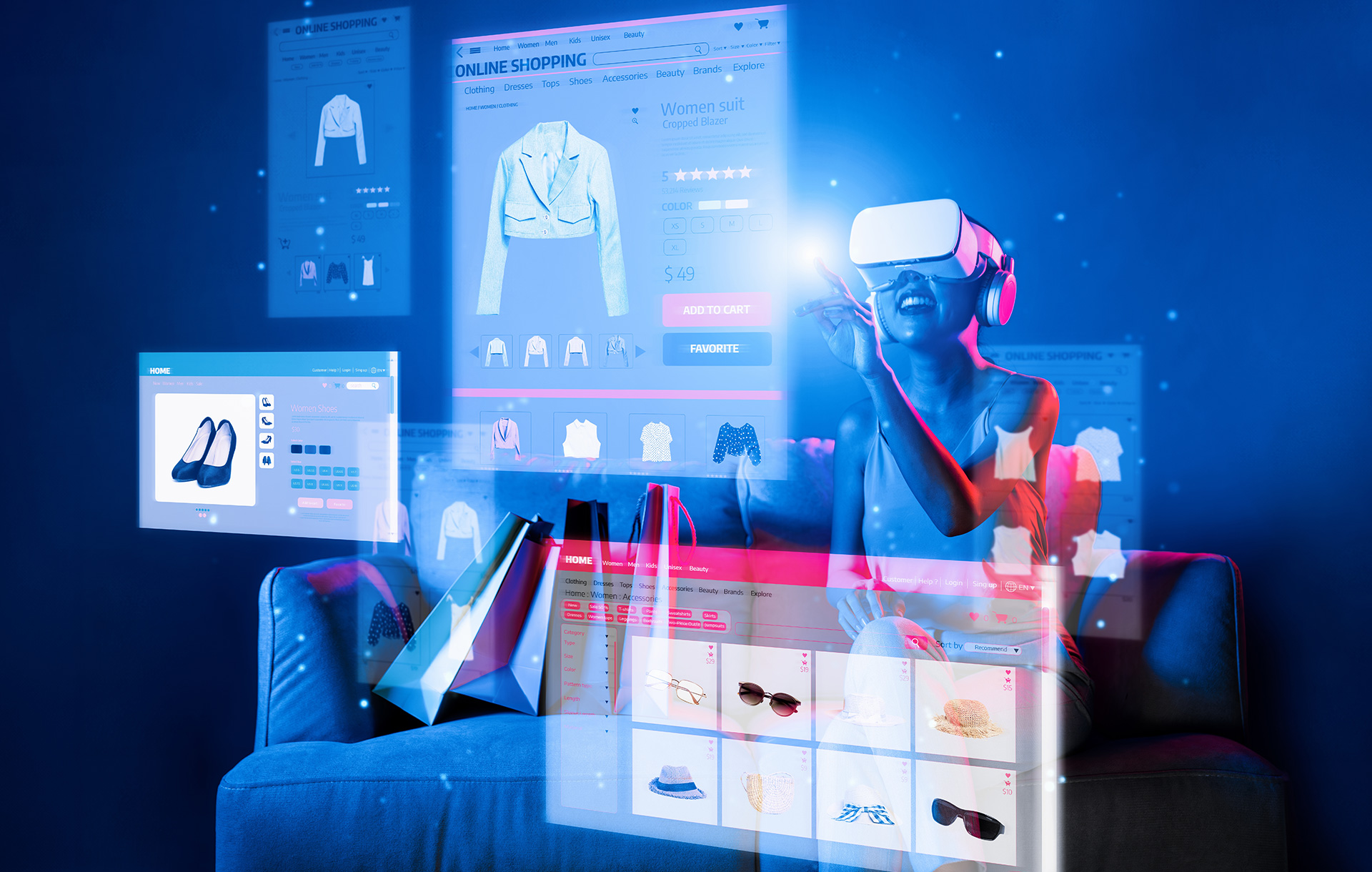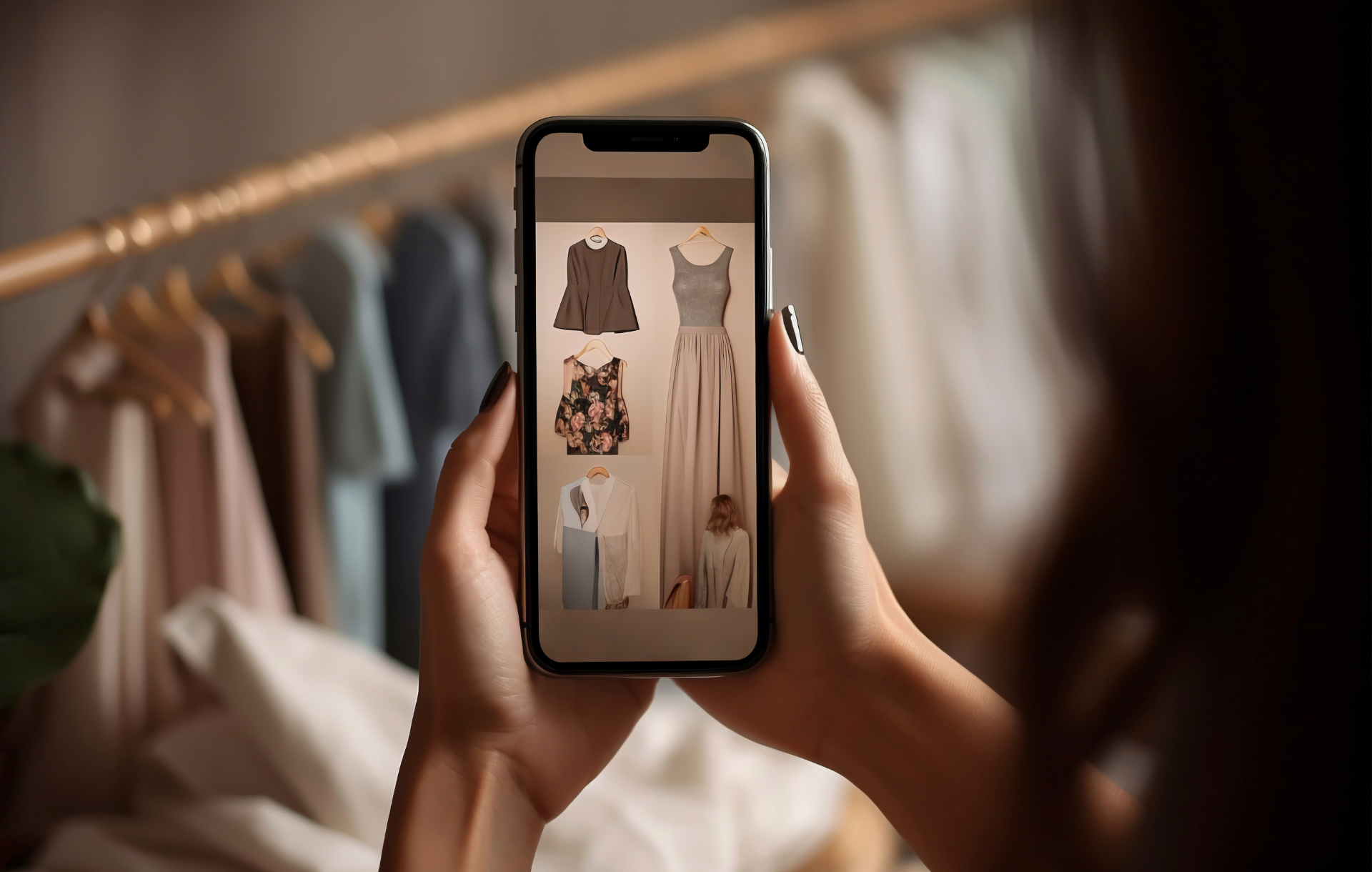How Visual and Voice Search Will Change Fashion eCommerce
Like a churning sea, the digital commerce space is always changing. That is to say that trends in eCommerce industry are fickle and what works one day may not work the next — the eCommerce trends 2018 has brought will not be the same as the ones we’ve gleaned for 2019, or the eCommerce trends 2020 still has in store. This is partly due to technology, as technology trends tend to become eCommerce technology trends later on. Case in point, the mobile revolution. When we traded in our flip phones for smartphones, normal sites became responsive sites, and brands who stayed behind got left behind.
Today, the latest technology in eCommerce involves voice and visual search, and fashion eCommerce is no exception. Let’s take a closer look.
Voice Search Trends: The Change Begins
The first major change to fashion eCommerce in the past decade or so can be traced to the smartphone. When we first got our hands on them, it was love at first site; nothing could pry them out of our hands. We began searching on the street, in the tube, even in our cars as we drove to work. As fashion brands started taking notice of the changing landscape, they were quick to adapt with responsive sites that could resize content for whatever screen it resides in, ensuring their mobile customers would have equally good experiences as their desktop counterparts.
Well, time has passed and the mobile commerce trends 2018 has given us have less to do with responsive designs — not to say that they’re not important — and more to do with how we search. With smartphones, we were introduced to AI-powered digital assistants like Siri that allowed us to search with our voices by simply asking, “Siri, what’s the best creative eCommerce agency London has to offer?” Simple as that.
Without the need to type to search, we began searching differently without even knowing it. From shorthand we arrived at long-tail. Instead of using keywords that captured more in as few characters as possible, we began using phrases starting with who, what, where, when, why and how that captured intent. In other words, our searches became more natural.
While natural searches are good news to consumers who can search for whatever they want at the press of a button, it’s a game-changer for fashion brands who now have to overhaul their digital strategies. Key for them is knowing how we search when we talk; they have to take these changes into consideration as they prepare their lists of keywords for their brand’s content. For example, whereas comfortable way shoes women served its purpose pre-voice search, what are comfortable shoes for women performs better today.
Visual Search Trends: The Change Continues
Like voice search, visual search started gaining popularity because of the smartphone. With improved technology and a taste of what natural search methods can be like, we saw an opportunity for even more intuitive search and jumped at it. Foregoing language for graphics, visual search creates a smoother customer journey by placing what consumers want directly in front of them without the trial and error that comes with text-based search. In essence, it turns an image into a discovery tool.
Visual search, unlike voice search, could also prove to be more beneficial for fashion brands because it presents novel opportunities for them to connect with their consumers. Asos, for example, made use of the fact that 80% of their online visits come from mobile devices by releasing Style Match, a feature in their app that lets users upload an image and receive styles that match whatever’s in the image.
This is especially beneficial because Asos presents items from their own catalogue of over 85,000 items that match the style their users like (talk about a smart fashion creative agency London can brag about). Along the same vein, eBay has Image Search, a feature that does the same thing, but instead returns similar listings, and Amazon, in a more roundabout way, provides a visual search capabilities to Samsung Galaxy S8 users through Bixby, their AI assistant, that also returns items from their own catalogue.
Going a different direction, rel=”noopener noreferrer” Pinterest has Lens, another visual search tool that does what Style Match does, but instead of sticking to one brand it presents many. The upside is that you’re presented with many options, but unfortunately many of these could be out of your price range. For this reason, Asos and their Style Match feature are where a majority of consumers are turning; they’re still getting many options to choose from, but with Asos they also have filters that can keep their budget in check.
Final Thoughts
Gartner predicts that by 2021, early adopter brands that redesign their websites to support voice and visual search will rel=”noopener noreferrer” increase digital commerce revenue by an astounding 30%. After what we covered today, this makes a lot of sense — consumers are quickly adopting new search methods that are leaving brands that don’t change with the times in the past. For those who belong to this group, a quick fix would be getting in touch with a creative digital agency like Appnova that has creative teams working on technology to keep up with these changes dominating digital commerce.
Until the next batch of retail eCommerce trends — best of luck!
Subscribe To Us
Contributors
Categories
Subscribe To Us
Contributors
Categories

This website uses cookies so that we can provide you with the best user experience possible. Cookie information is stored in your browser and performs functions such as recognising you when you return to our website and helping our team to understand which sections of the website you find most interesting and useful. Third party cookies such as Google Analytics is also used on this site to provide analytics in order to better understand the user engagement on our site.
You can adjust all of your cookie settings by navigating the tabs on the left hand side.
Strictly Necessary Cookie should be enabled at all times so that we can save your preferences for cookie settings.
If you disable this cookie, we will not be able to save your preferences. This means that every time you visit this website you will need to enable or disable cookies again.







0.Comments